Overview
Subcision, also known as subcutaneous incisional surgery, is a specialized procedure for treating depression and acne scars by releasing fibrous bands beneath the skin’s surface. This technique involves using a small needle or blade to sever the tethers that anchor scars to deeper tissues. The decision to undergo subcision depends on factors such as the type of scar (like rolling, boxcar, or icepick), its location on the body, and the severity of the scarring. By disrupting these fibrous bands, subcision stimulates the production of new collagen, which helps to raise depressed scars and achieve a smoother skin texture over time.
Combined with other dermatological treatments such as laser therapy or dermal fillers, subcision offers a comprehensive approach to improving scar appearance. It’s tailored to address specific scar characteristics and enhance overall skin aesthetics, providing patients with effective results and renewed confidence in their complexion.
Types Of Subcision Treatment
The choice of Subcision Treatment depends on the specific skin concerns, desired outcomes, and individual skin characteristics. There are several approaches to Subcision Treatment, each tailored to address different depths and conditions of scarring and skin texture irregularities.
| Subcision Type | Description | Conditions Treated | Probable Downtime |
|---|---|---|---|
| Simple Subcision | Utilizes a small needle to break fibrous scar tissue. | Rolling scars, boxcar scars | About 1-2 days of swelling, redness |
| Subcision with Filler | Combines subcision with hyaluronic acid or other fillers to enhance results. | Deep scars, more severe rolling scars | About 1-3 days of swelling, redness, possible bruising |
| Subcision with Laser | Combines subcision with laser treatments for enhanced collagen production and skin resurfacing. | Deep scars, mixed scar types | About 4-7 days of swelling, redness, peeling |
Fantastic Results Of Subcision Treatment
Subcision treatment delivers impressive results in diminishing acne scars and wrinkles, as showcased in before-and-after patient images. Visible reductions in scar depth and improved skin texture attest to its efficacy in releasing tethered scars and stimulating collagen production, making it a valuable option for scar revision and skin rejuvenation.
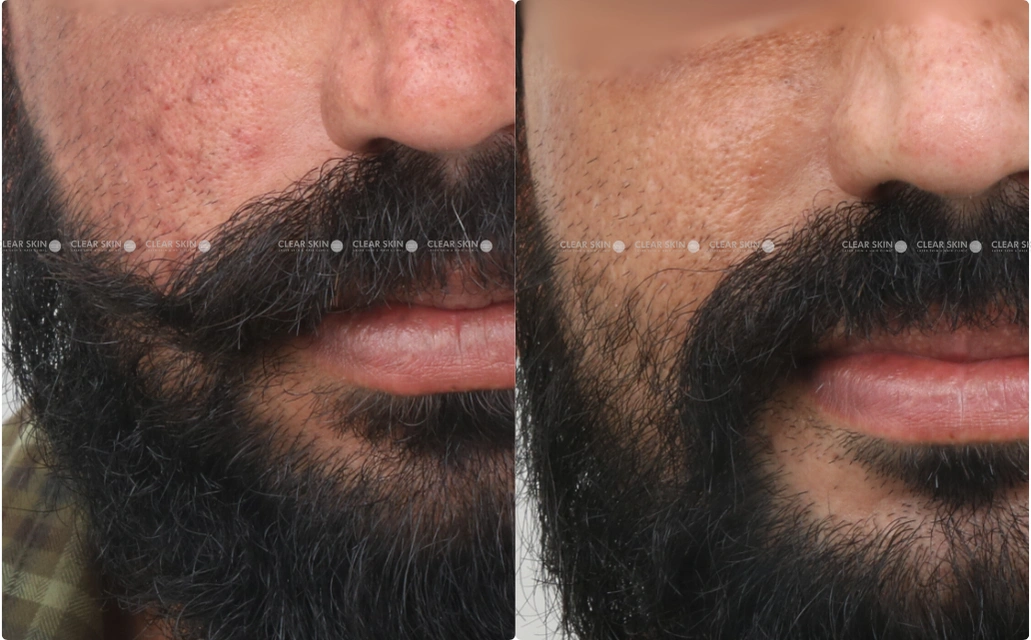
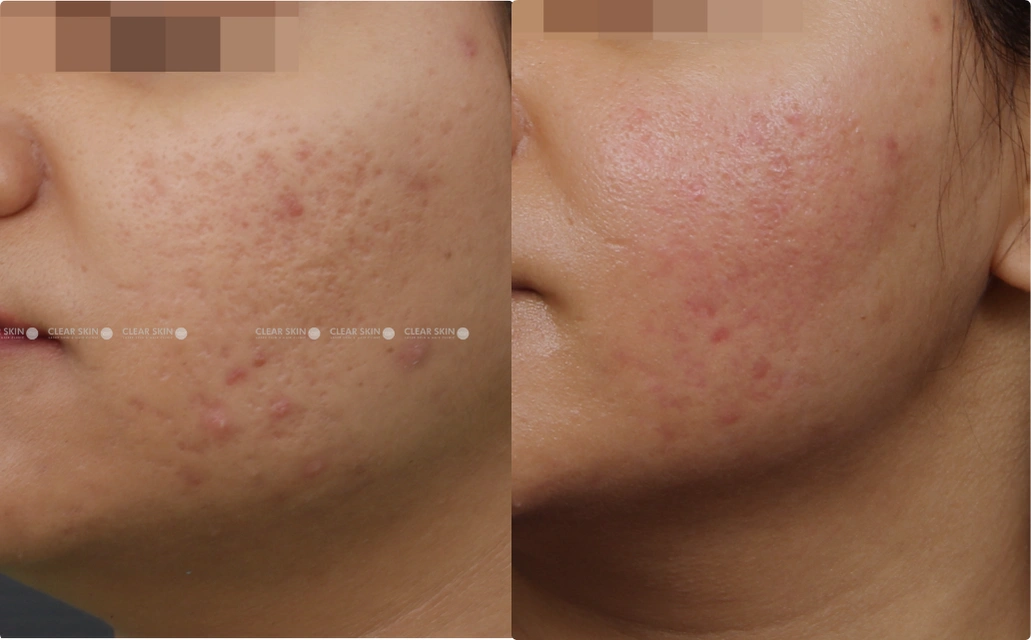
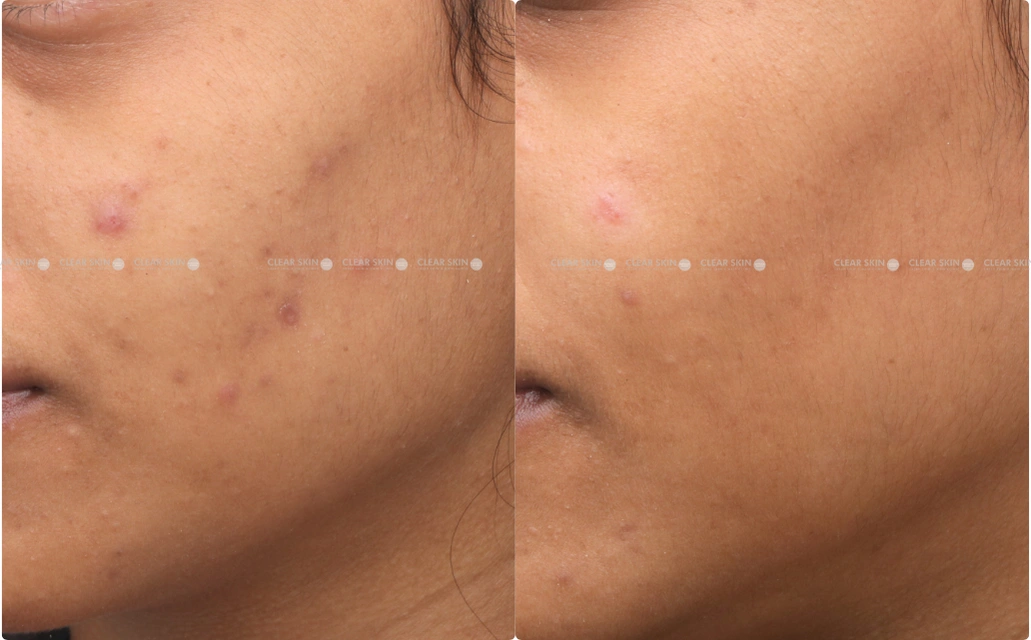
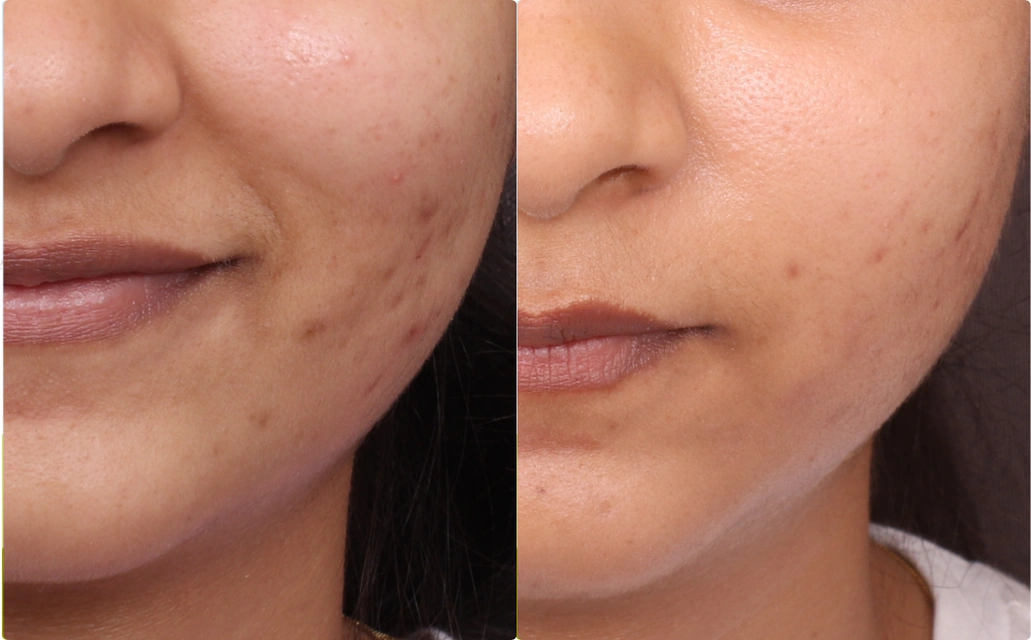
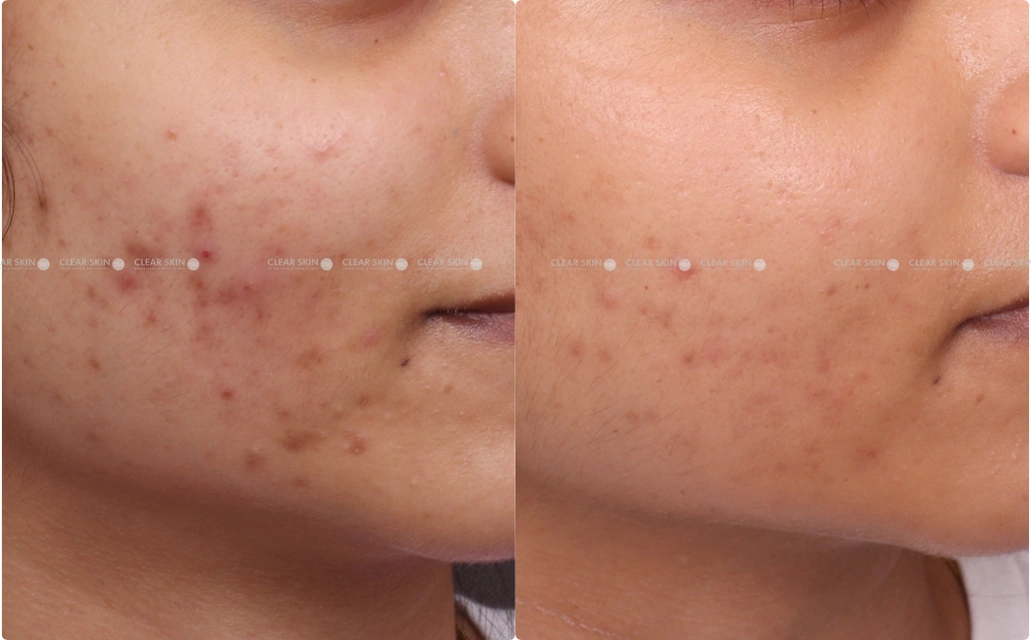
34+ Years of Excellence, Thousands of Patients Transformed with Subcision
(You are one click away from flawless skin)
Cost Of Subcision Treatment In Pune
The cost of subcision treatment in Pune generally ranges from INR 2,500 to INR 8,000 per session, depending on the clinic and the complexity of the procedure. Prices may vary based on the expertise of the dermatologist or cosmetic surgeon performing the treatment, as well as the specific area being treated. When considering subcision treatment in Pune, prioritize quality over cost by thoroughly researching the credentials and experience of the practitioners and clinics.
| Conditions | Min. Cost Per Session | Max. Cost Per Session | Avg. Cost At Clearskin |
|---|---|---|---|
| Acne Scars | Rs. 3000 | Rs. 8000 | Rs. 7000 |
| Chicken Pox Scar | Rs. 2500 | Rs. 8000 | Rs. 3000-7000 |
Get Free Cost Estimate For Subcision Treatment
Send your photos and get the tentative cost of treatment at Clearskin
Process Of Subcision Treatment
Patient’s Guide To Subcision Treatment
All you need to know
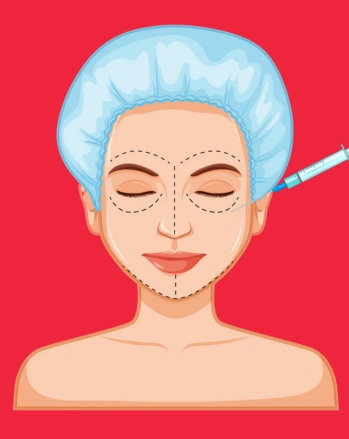
Subcision treatment is minimally invasive procedure that breaks fibrous scar tissue to improve the appearance of acne scars and skin depressions.
Steps Involved
1 Preparation and Marking
Clean and sterilize the treatment area; mark scar margins for precise targeting.
2 Anesthesia
Administer local anesthesia to ensure numbness and patient comfort.
3 Needle Insertion
Use a specialized needle to penetrate scar margins and reach deeper tissues.
4 Fibrotic Strand Disruption
Maneuver the needle to sever fibrotic strands anchoring the scar, aiming to release it.
5 Hemostasis
Carefully withdraw the needle to minimize bleeding; apply pressure and ice packs as needed.
6 Post-procedure Care
Administer anti-inflammatory medications, prescribe antibiotics if necessary, and schedule follow-up appointments to monitor healing.
The process of a Subcision involves several key steps:
Preparation: The treatment area will be meticulously cleaned and sterilized. The margins of the scar will be marked to guide precise treatment.
Anesthesia: Local anesthesia will be applied to ensure the treatment site is numb, ensuring patient comfort throughout.
Needle Insertion: A specialized hypodermic needle suited to the scar’s characteristics will be used. It will be inserted at the marked margins of the scar to penetrate the skin.
Fibrotic Strand Disruption: The needle will be maneuvered to sever fibrotic strands anchoring the scar to deeper tissues. This step aims to release the scar and promote smoother skin texture.
Needle Removal: The needle will be carefully withdrawn to minimize bleeding and prevent hematoma formation.
Hemostasis: Manual pressure and ice packs will be applied as needed to control bleeding and reduce swelling in the treated area.
Medication: Anti-inflammatory medications will be administered to alleviate discomfort and swelling. Antibiotics may also be prescribed to prevent infection after the procedure.
Follow-up: Follow-up appointments will be scheduled to monitor healing progress and determine if additional treatments are necessary.
Subcision treatment effectively targets valley scars by releasing fibrotic strands and stimulating collagen production. It is minimally invasive and suitable for various types of depressed scars. Patients may experience mild discomfort and temporary swelling, which can be managed with proper post-treatment care. Results are gradual but noticeable, improving skin texture and overall appearance over time.
Post Procedure Care
After a procedure, diligent post-care is essential for recovery. Follow doctors instructions, including medication schedules, wound care procedures, and activity restrictions. It’s crucial to keep the surgical site clean, change dressings as advised, and watch for any signs of infection like increased redness or swelling. Maintaining a balanced diet, staying hydrated, and avoiding alcohol and tobacco can aid in healing.
Resting adequately and gradually resuming normal activities as recommended will support a smooth recovery. Lastly, attending follow-up appointments ensures your progress is monitored and any concerns are promptly addressed by your healthcare team. This structured approach to post-procedure care promotes healing and reduces the risk of complications, allowing you to recover fully and regain your normal routine sooner.
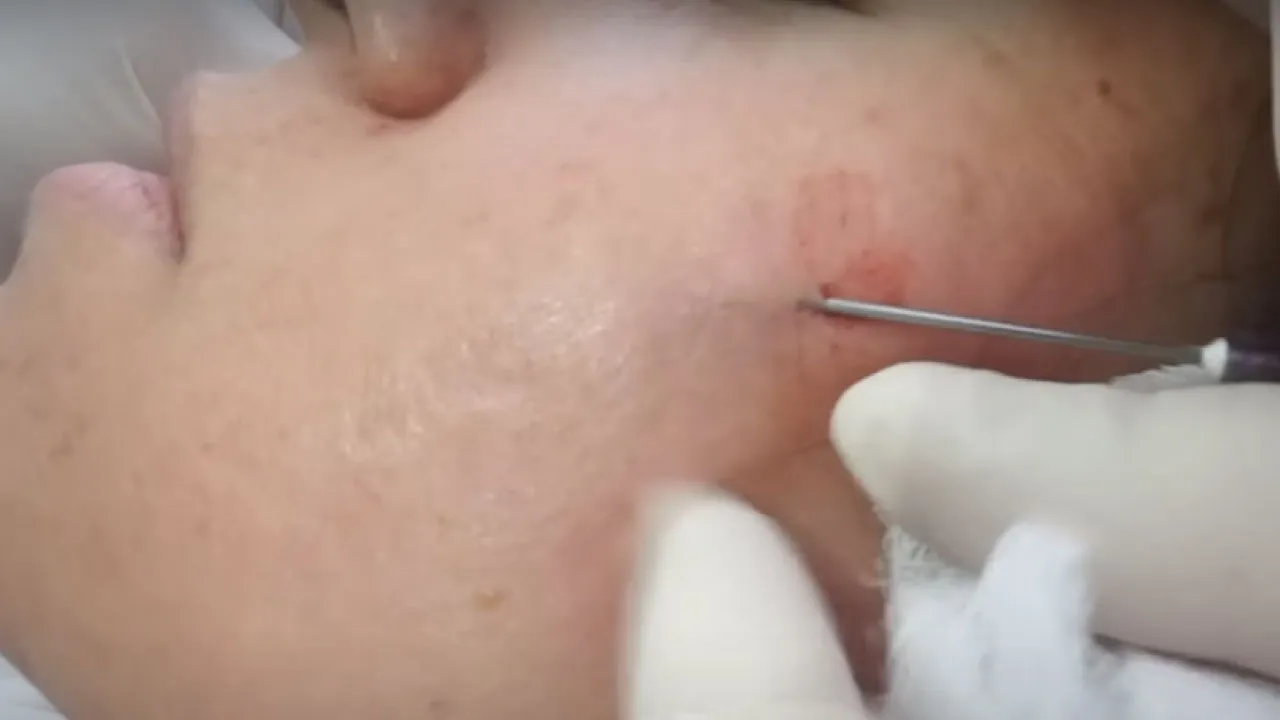
Probable Side Effects
The probable side effects may include:
Pain and Discomfort: Mild to moderate pain at the surgical site is common.
Swelling: Temporary swelling around the surgical area.
Bruising: Bruising may occur and can vary in intensity.
Fatigue: Feelings of tiredness or low energy levels.
Nausea and Vomiting: Some procedures and anesthesia can cause nausea.
Constipation: Often a side effect of pain medications.
Itching or Rash: Reaction to dressings, medications, or anesthesia.
Scarring: Depending on the procedure and healing process.
Infection: Though rare, there is a risk of infection at the surgical site.
Allergic Reactions: Possible reactions to medications or materials used during the procedure.
It’s important to note that not all procedures will result in all of these side effects, and their severity can vary widely. Always follow your doctors instructions and report any unusual or severe symptoms promptly.
We Are Here To Answer Every Possible Doubt You Have On Subcision.
If you don’t find answer to your query, then please write down to us. We are always here to help you.
What is Subcision?
Subcision is a minimally invasive surgical procedure used to treat depressed scars on the skin, such as acne scars. It involves breaking up fibrous bands under the skin that pull the scar downward, allowing the skin to elevate and create a smoother appearance.
How does Subcision work?
During Subcision, a small needle or blade is inserted beneath the skin to release the fibrous bands responsible for pulling the scar downward. This helps to lift the depressed scar and promote collagen production for skin regeneration.
What types of scars can Subcision treat?
Subcision is effective for treating various types of depressed scars, including acne scars, surgical scars, and traumatic scars. It is particularly beneficial for rolling or boxcar acne scars.
What are the benefits of Subcision?
Subcision provides several benefits, including improvement in the appearance of depressed scars, smoother skin texture, stimulated collagen production for long-term skin rejuvenation, and minimal downtime compared to more invasive procedures.
Is Subcision painful?
Subcision is typically well-tolerated with local anesthesia or numbing cream applied before the procedure. Some discomfort or mild pain may be experienced during the treatment.
How long does a Subcision procedure take?
The duration of a Subcision procedure depends on the number and size of scars being treated but generally takes about 30 minutes to an hour.
What is the recovery like after Subcision?
After Subcision, mild swelling, bruising, and redness may occur at the treatment site. These usually subside within a few days to a week. Patients can typically resume normal activities shortly after the procedure.
How many sessions of Subcision are needed?
The number of Subcision sessions needed varies based on the severity of the scars and individual skin response. Multiple sessions spaced several weeks apart may be recommended for optimal results.
Who is a suitable candidate for Subcision?
Suitable candidates for Subcision include individuals with depressed scars who are in good overall health and have realistic expectations about the outcomes of the procedure.
Can Subcision be combined with other treatments?
Yes, Subcision can be combined with other treatments such as laser therapy, dermal fillers, or microneedling to further improve scar appearance and skin texture.
